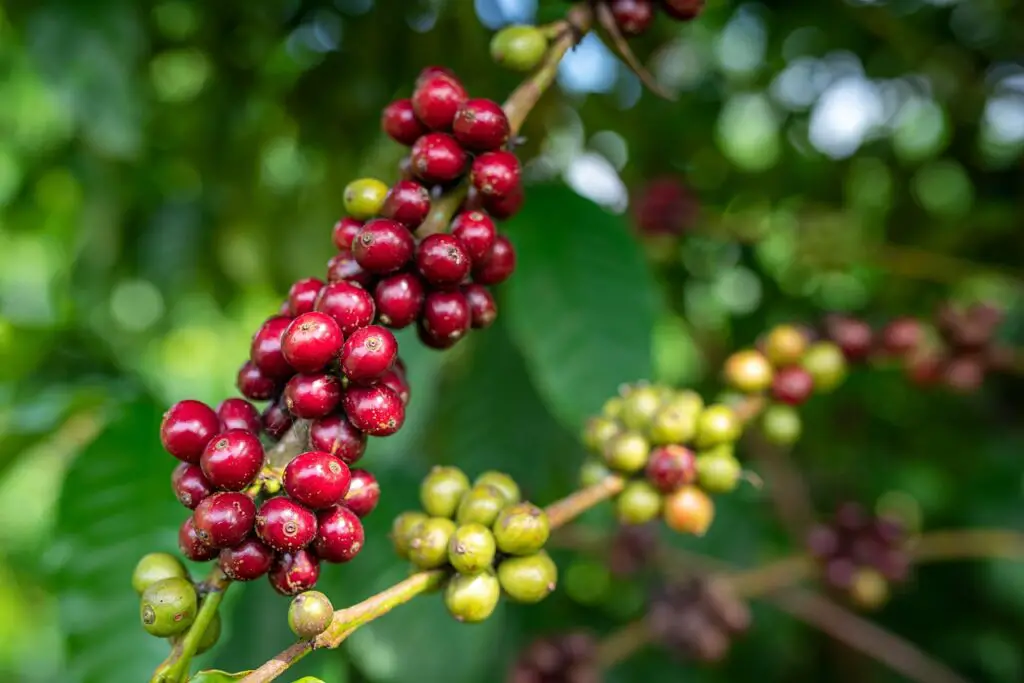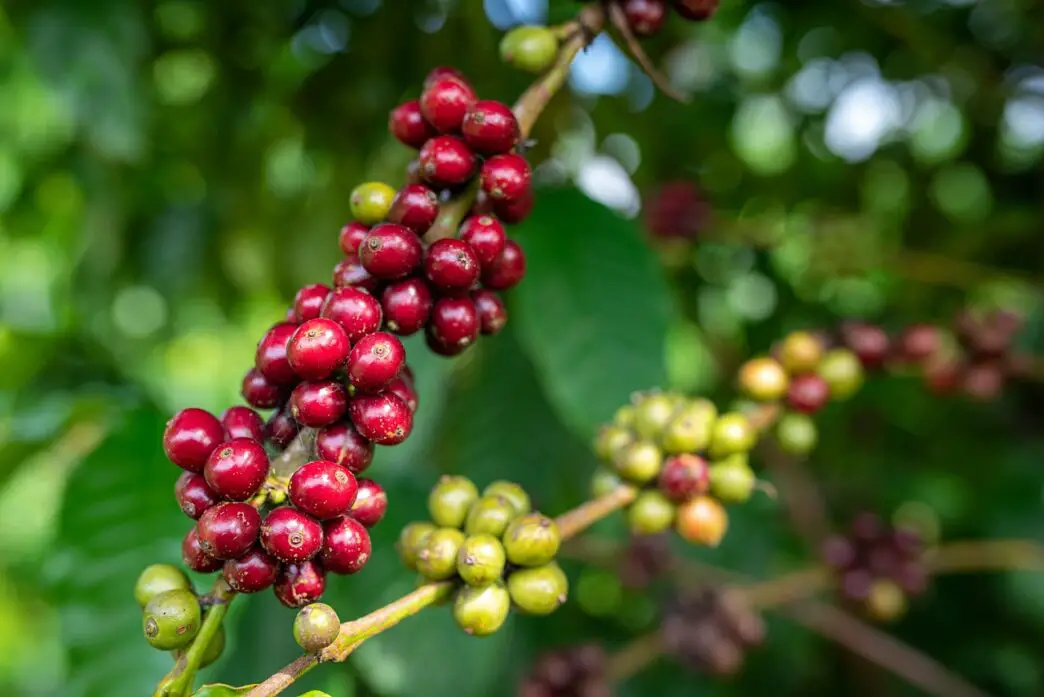
Thermal Shock processing stands out in specialty coffee for its ability to pull intense flavors from the beans. Producers use rapid temperature shifts to change how the cherries ferment, leading to cups with bright acidity, fruit notes, and layers that surprise you with each sip. This method fits right into home brewing routines or cafe menus, offering something fresh without needing fancy gear.
What Is Thermal Shock Processing?
Producers start with ripe coffee cherries, often from high-elevation farms where slow growth builds up sugars. They clean and sort the cherries, then move them into controlled tanks for fermentation. The key part comes during or after this stage: they heat the cherries or depulped beans in their juices to around 40-60°C. This opens up the bean’s structure.
Right after, they cool everything fast, sometimes to near-freezing or even lower with tools like dry ice or cold water rinses. The quick shift—thermal shock—locks in flavors by closing those opened pores, trapping esters and acids from the fermentation.
Steps typically include:
- Cherry selection and sterilization to cut down on wild microbes.
- Anaerobic fermentation in sealed tanks, where added yeasts or bacteria break down sugars.
- Heating phase to expand the bean’s cells.
- Rapid cooling to halt the process and seal in compounds.
- Drying in controlled conditions to avoid oxidation.
This differs from standard washed or natural methods, where temperature stays steady. In thermal shock, the swings guide the microbes and chemistry, shaping the final bean. Roasters end up with green coffee that holds onto more volatile aromas during roasting.
The Origins of Thermal Shock Processing
Colombian producers pioneered this approach, with farms like Finca El Paraiso leading the way. Diego Bermudez, working in the Cauca region, tested the idea after seeing how temperature affects fermentation in other foods. He partnered with others, like Wilton Benitez, to refine it using bioreactors and precise monitoring. Their early lots scored high in cuppings, drawing attention from roasters worldwide.
The method spread as producers shared techniques, adapting it to varietals like Sidra, Geisha, or Tabi. Farms in other areas, such as parts of Central America, now experiment with it, but Colombia remains the hub. It grew from trial-and-error in small setups to a repeatable process that boosts farm income by creating premium lots.
What makes it stick? It lets small producers stand out in a crowded market. They control variables like pH, time, and microbe strains, turning standard cherries into something exotic. Over time, refinements have made it more consistent, helping it fit into sustainable practices by reducing water use in some setups.
Flavor Impacts and Benefits
Thermal shock brings out bold, clean profiles. Expect notes of tropical fruits, florals, and a crisp finish—think pineapple, jasmine, or berry jam. The heat opens pathways for flavors to infuse deeper, while the cold snap preserves them, cutting down on off-tastes like over-fermented funk. Compared to traditional anaerobics, it adds clarity, making the coffee less boozy and more balanced.
Benefits go beyond taste. For farmers, it increases bean value, as these lots fetch higher prices. Roasters get versatile coffees that shine in light roasts, holding structure without bitterness. Drinkers notice the difference in complexity; a simple pour-over reveals layers that evolve as the cup cools.
It also promotes innovation. Producers mix it with other steps, like adding specific yeasts from a “library” of cultures, to tailor profiles. This keeps coffee exciting, encouraging experimentation without losing quality. On the health side, some say it retains more antioxidants, though that needs more study. Overall, it pushes boundaries, giving you coffees that feel alive.
| Processing Method | Key Features | Typical Flavors | Best For |
|---|---|---|---|
| Washed | Depulped and fermented in water, clean rinse | Bright acids, subtle fruits | Espresso, where clarity matters |
| Natural | Dried with fruit on, slow fermentation | Heavy body, sweet berries | Full immersion brews like French press |
| Anaerobic | Sealed tanks, no oxygen | Funky, wine-like | Adventurous pour-overs |
| Thermal Shock | Temperature swings during ferment | Intense fruits, florals, crisp | Light roasts, iced or hot |
This table shows how thermal shock fits among common methods, offering a middle ground with punchy results.
Brewing Tips for Thermal Shock Coffees
These beans reward careful brewing. Start with fresh roasts—grind just before use to capture those volatiles. For pour-over, aim for a medium grind and water at 88-92°C. A 1:16 ratio works well: 20g coffee to 320g water. Bloom with 40g water for 30 seconds, then pour in circles to agitate evenly. Total time around 2:30-3 minutes pulls the brightness without over-extracting.
In espresso, dial in a finer grind and shorter pull, like 18g in for 36g out in 25-30 seconds. The process makes them forgiving, but watch for channeling. For cold brew, steep coarse grounds in room-temp water for 12-16 hours; the locked-in flavors hold up to dilution over ice.
Adjust based on the varietal—Geishas might need cooler water to highlight florals, while robust ones like Castillo handle heat. Store beans in airtight containers away from light. Experiment: try AeroPress for concentrated shots or French press for body. These coffees adapt, so tweak to your setup.
Thermal shock processing changes what you expect from a cup. It takes skill at the farm but pays off in your mug. Next time you spot one on a menu, give it a shot—you might find your new go-to.

